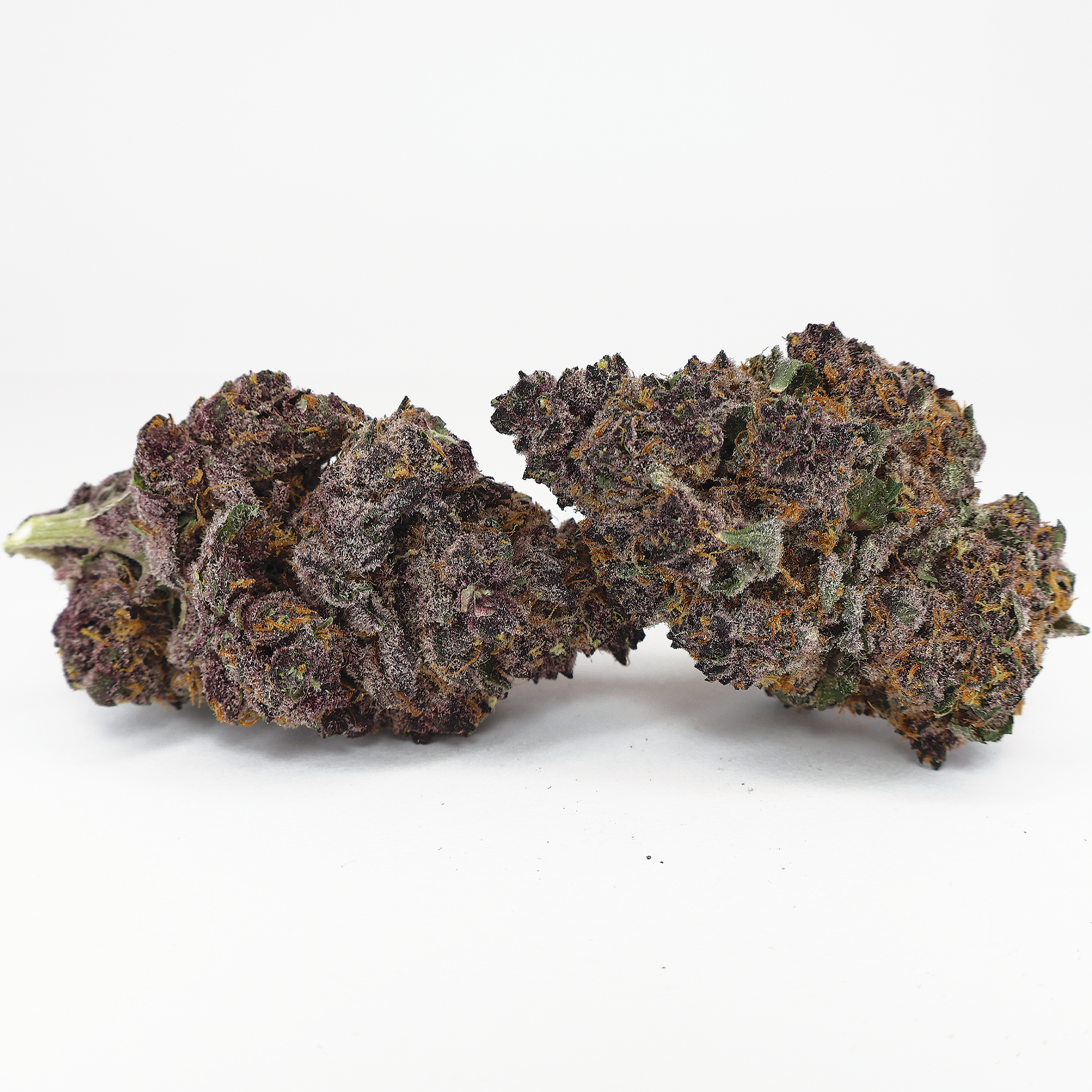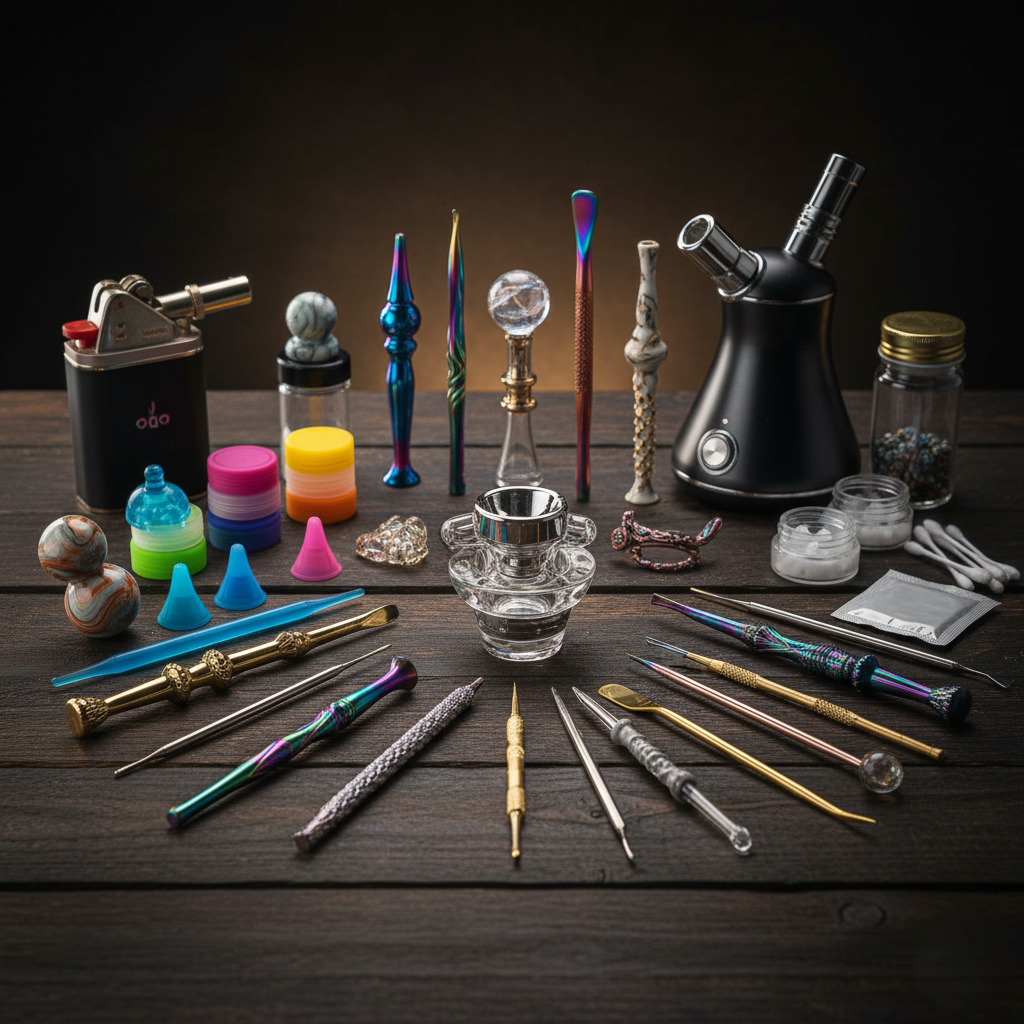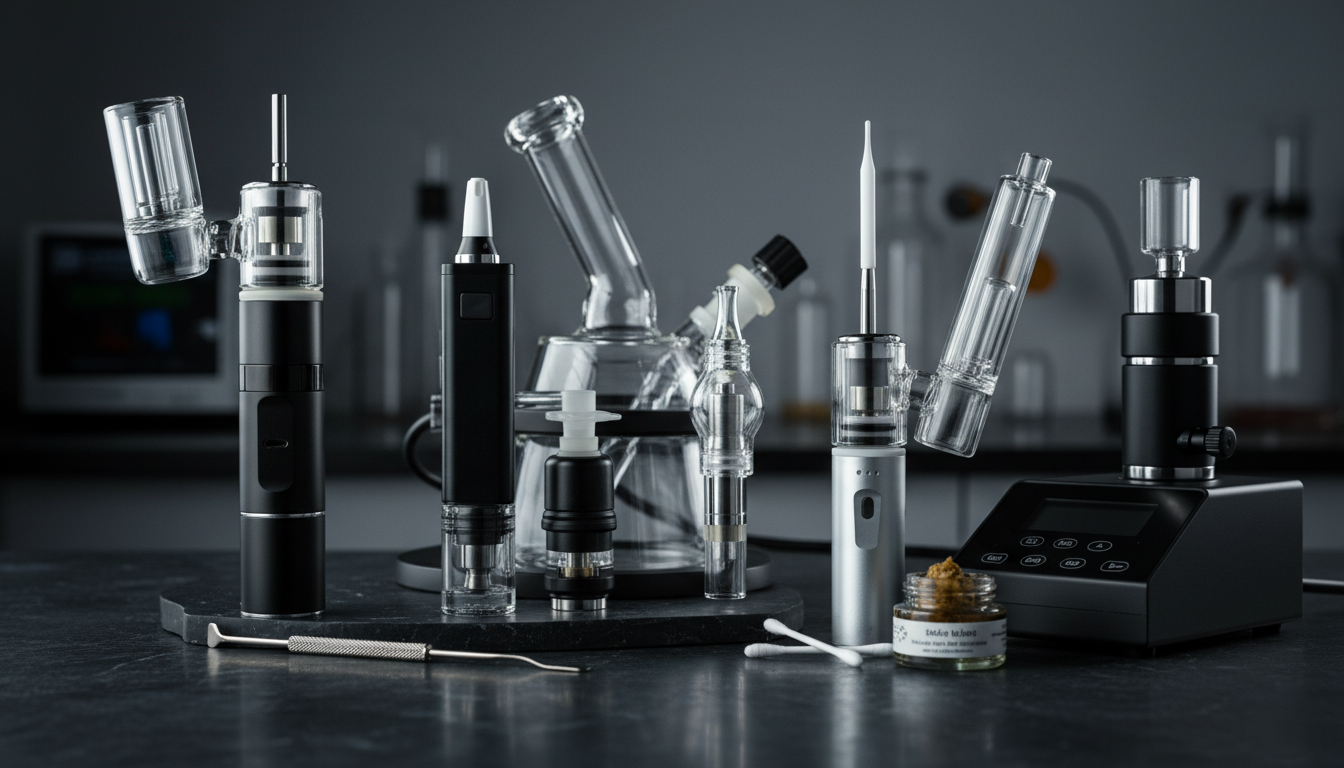Cannabis has shaped human history for thousands of years, spanning ancient rituals, industry, and culture. Far beyond its recent legalization debates, cannabis holds a legacy rooted deeply in spiritual, industrial, and cultural practices worldwide. Exploring its journey from ancient medicine to modern legalization reveals how cannabis has transformed societies across centuries.
Ancient Beginnings: The Origins of Cannabis Use
Long before cannabis became part of modern debates, it was celebrated for its versatility. Archaeological findings suggest humans have cultivated cannabis for over 10,000 years, making it among humanity’s oldest crops.
In ancient China (circa 2700 BCE), cannabis appeared in early medicinal texts, recommended for pain relief, inflammation, and digestive discomfort. Hemp fibers were prized for making paper, rope, and textiles, a testament to their dual medicinal and industrial value.
In India (around 1000 BCE), cannabis, known as bhang, became an integral part of religious ceremonies dedicated to the god Shiva. Used as a drink or paste, it symbolized spiritual awakening and deeper meditation.
Across the Middle East and Egypt (circa 1500–500 BCE), cannabis served medicinal roles, especially in treating pain and inflammation. Persian and Scythian cultures used cannabis in ceremonial fires, merging it into spiritual rituals.
In Greece and Rome (400 BCE–200 CE), Greek physicians like Dioscorides and Hippocrates noted cannabis’s therapeutic benefits. Roman soldiers reportedly used cannabis-infused preparations to treat wounds and relax after combat.
By the time cannabis reached Africa and the Americas, its reputation as a multipurpose plant was firmly established.
Hemp in Colonial America: Industry Over Intoxication
Cannabis arrived in North America through European settlers, who focused on its industrial potential rather than psychoactive properties. During the 1600s and 1700s, hemp was vital for the growing colonies, supplying fiber for sails, ropes, and textiles.
So crucial was hemp that colonial laws sometimes required farmers to cultivate it. Founding fathers like George Washington and Thomas Jefferson farmed hemp, viewing it as a valuable economic resource.
By the 1800s, cannabis extracts appeared in pharmacies across America. Tinctures and oils were sold as remedies for migraines, insomnia, and muscle pain. At this time, cannabis remained widely accepted, respected, and largely unregulated.
From Acceptance to Prohibition: The Shift in Perception
The 20th century saw cannabis move from a respected medicine to a criminalized substance. Driven by fear, racism, and political agendas, cannabis prohibition reshaped public perception globally.
In the United States:
-
1910s–1930s: Anti-cannabis campaigns used xenophobic narratives, linking cannabis to Mexican immigrants and Black jazz musicians. Sensational media stories painted cannabis as a dangerous, crime-inducing drug.
-
1937: The Marihuana Tax Act effectively banned cannabis nationwide.
-
1950s–1970s: The War on Drugs intensified penalties. Cannabis was classified as a Schedule I substance under the Controlled Substances Act, treated as dangerous as heroin or LSD.
Global Impact:
Following America’s lead, countries worldwide criminalized cannabis, reinforced by international treaties like the 1961 Single Convention on Narcotic Drugs. This period marginalized cannabis’s cultural and medicinal roles.
The Counterculture Era: Rediscovering Cannabis
Despite harsh penalties, cannabis remained embedded in cultural movements. By the 1960s and 1970s, it symbolized rebellion and freedom, embraced by artists, musicians, and activists.
The first legalization campaigns emerged, and some U.S. states began to decriminalize small amounts. Scientific discoveries in the 1990s, including the identification of the endocannabinoid system, reignited interest in medical cannabis, paving the way for reform.
The Modern Legalization Wave
The late 20th and early 21st centuries sparked dramatic changes:
-
1996: California legalized medical cannabis, pioneering change in the U.S.
-
2013: Uruguay became the first country to fully legalize recreational cannabis.
-
2018: Canada legalized cannabis nationwide.
-
2020s: Dozens of countries and over half of U.S. states now have legal cannabis markets.
The stigma that fueled prohibition began to fade, replaced by data-driven discussions about medical benefits, economic opportunities, and social justice.
Cannabis Today: Innovation Meets Tradition
Modern cannabis use looks vastly different from the past, shaped by technology and evolving consumer preferences. Concentrates like rosin, shatter, and live resin provide higher potency and richer flavors. Tools like e-rigs offer precise temperature control, eliminating torches and reducing risks for beginners.
The market now includes everything from vaporizers and solventless extracts to artisanal edibles, merging centuries-old traditions with cutting-edge innovation.

Looking Ahead: Cannabis and the Future
As legalization expands, cannabis research continues to uncover new cannabinoids, consumption methods, and therapeutic applications. What was once forbidden is becoming a legitimate, regulated industry, driving cultural and economic change.
Yet, despite modern advances, cannabis remains connected to its rich past, a symbol of healing, community, and cultural identity. From spiritual rituals in ancient India to modern e-rigs that fit in a backpack, cannabis continues to adapt, proving its resilience across millennia.
The story of cannabis is far from over, and the next chapter is just beginning.






Share:
Dabbing Dos and Don'ts: A Comprehensive Guide for Beginners
Dry Herb Vape vs Concentrate Devices: Which Is Right for You?